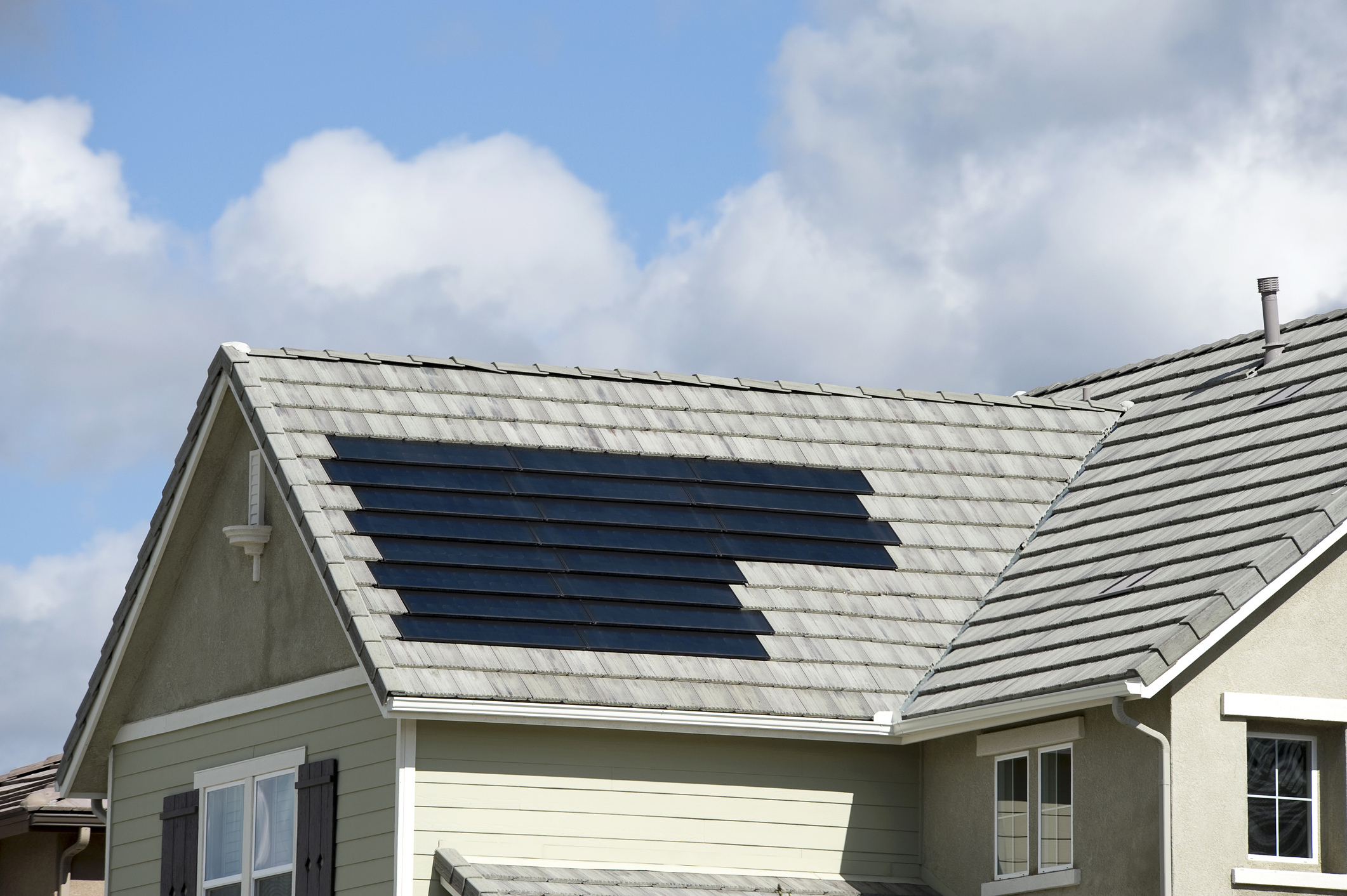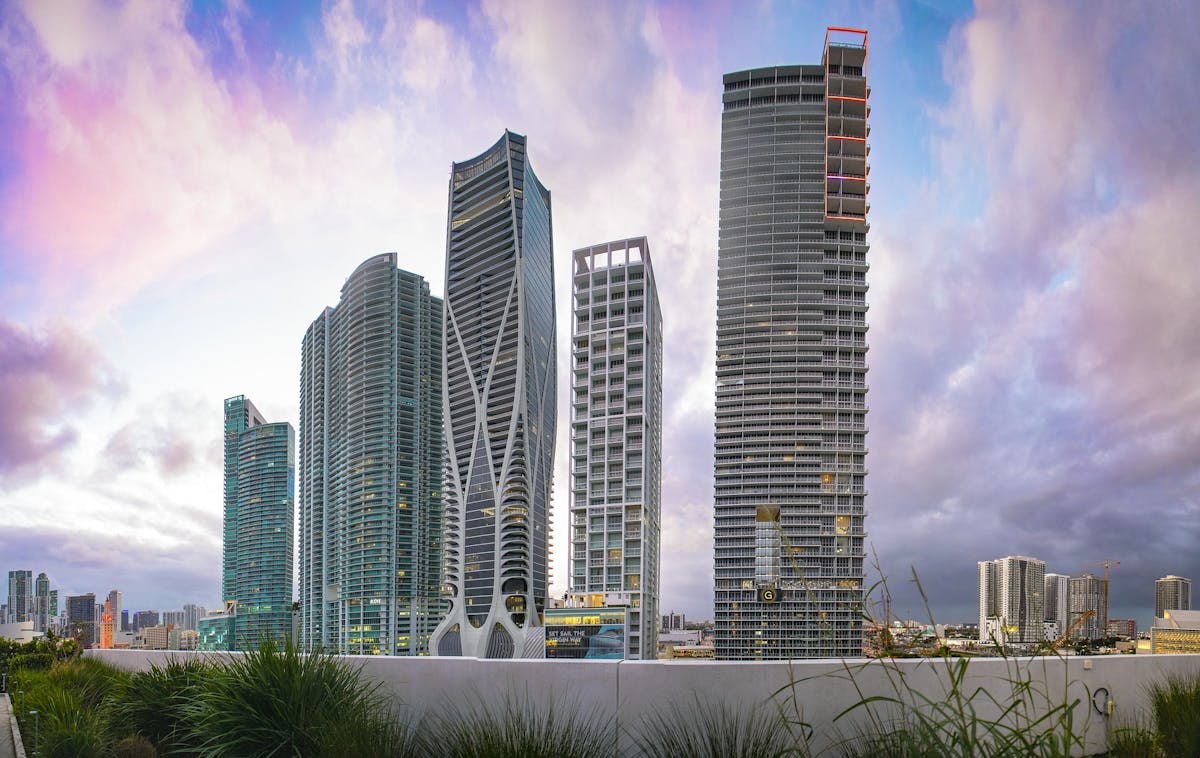Co-ops Cut Solar Power Cost for Some Fla. Owners
MIAMI – Nearly everything in Robert Burr’s house is solar-powered.
Solar-powered pumps burble water through fountains and bird feeders in his yard, which at night is lit by the glow of 125 solar-powered lights. On his roof, an array of 39 solar panels power his house and charge the electric car parked in his garage.
“This is a solar house,” Burr said. “It’s like having our own power plant.”
Burr turned his home into a solar house with the help of Solar United Neighbors (SUN), a nonprofit that organizes homeowners interested in rooftop solar into groups called “solar co-ops.” SUN organizes co-ops across the U.S.
It works like this: Neighbors band together to strike a deal with solar panel installers so that they can get a bulk discount and bring down the cost of going solar.
Since it moved into Florida in 2015, SUN has organized 82 co-ops in the state, including 12 co-ops in Miami-Dade County and another dozen in Broward, Palm Beach and Monroe counties. This year’s Miami-Dade co-op is open to new members until July 22, and SUN says a new Broward co-op is scheduled to start in August.
People who join a SUN co-op aren’t obligated to buy solar panels. Typically, 100 to 150 people will join a co-op, and only 20% of them will wind up buying panels through the group, according to Laura Tellez, SUN’s South Florida program coordinator. The rest might decide against it or choose to buy panels on their own later.
“If you just want to get a price or talk to the installer and look at some different options, you can do so and back out if it’s not right for you,” said Erik Mariani, SUN’s assistant manager of co-ops, during a Zoom meeting for prospective co-op members.
Co-op members can get a meaningful discount. Burr said the price he got through his co-op was about 30% lower than the prices he was quoted when he looked into solar panels on his own. Tellez said savings vary between co-ops.
But the real benefit, according to Burr, was having a group help him through the complicated process of financing, buying and installing panels on his roof.
“If you just have a solar company come to your house and sell you a system, where do you get your information? From the salesman?” he asked. “Or is it better to get it from a nonprofit that’s been around a long time and helped a lot of people?”
Solar 101
People who are interested in joining a solar co-op start out by attending one of SUN’s regular “Solar 101” workshops, which it usually holds via Zoom.
At a recent Solar 101 meeting, Mariani and SUN fellow Amanda Ortiz explained that not every house is suited for solar panels. Solar works well on roofs that face south, east or west, get plenty of sun and have at least 200 square feet of room for panels. North-facing roofs or roofs under heavy tree cover usually don’t get enough sun for solar panels to be worth it.
They also explained the complicated economics that allow solar panels to pay for themselves over time. There are three key programs that make rooftop solar more affordable.
First, the national Inflation Reduction Act includes federal tax credits that allow homeowners to cover 30% of the cost of buying and installing solar panels. Tellez says a typical house in Florida will get an 8-kilowatt solar array and pay an average of $20,000 for it; with the federal tax credit, the cost drops to $14,000.
Then, there’s a collection of financing options that help low-income homeowners borrow money to pay for solar panels if they can’t get a traditional bank loan or refinance their house. These include nonprofit lending agencies like the Solar Energy Loan Fund (SELF) and unique financing structures like the property assessed clean energy program (PACE).
PACE, however, isn’t subject to the same level of regulatory oversight as other lending options, and dozens of homeowners have filed lawsuits and complaints against Ygrene, Florida’s largest PACE lender, after it abruptly pulled out of the state last year.
Finally, homeowners can cover the cost of rooftop solar panels through a practice called net metering, in which utility companies like FPL pay customers for the extra electricity they produce. During the day, when solar panels produce more electricity than a house needs, the panels send electricity to the power grid and FPL gives homeowners a credit on their power bill. Homeowners can use that credit to offset the cost of the power they use at night, when their solar panels stop producing electricity.
In Florida, during the winter, when skies are typically clear and people use their air conditioners less, homeowners with solar panels may have negative electric bills. They can use the credits they earned to reduce or eliminate their electric payments during the summer, when air conditioning costs go up and afternoon thunderstorms block the sun and lower solar panel productivity.
Regulatory roadblocks
FPL has fought to end net metering. Last year, the power utility lobbied Florida lawmakers to pass a bill that would kill net metering, which would have gutted the financial incentives for Floridians to install solar panels on their roofs. But Florida Gov. Ron DeSantis vetoed the bill in a surprising win for the solar industry.
Still, there are other regulatory roadblocks. Florida requires homeowners with rooftop solar arrays bigger than 12 kilowatts to take out a $1 million liability insurance policy, which encourages most homeowners to choose smaller arrays.
Plus, FPL and Duke Energy both charge solar panel owners minimum payments of $25 and $30, respectively, even if they generate more power than they use.
“There are lots of little rules and procedures that make it more difficult, and Solar United Neighbors helps us work through those,” Burr said.
Alternatives to solar co-ops
Solar co-ops aren’t the only way for homeowners to install panels on their roofs. Some homeowners might not like the deal that their co-op negotiates or the solar panel installer the group chooses to work with.
Burr, for instance, joined two co-ops: The first, which he joined in 2018, negotiated a deal with a solar installer that he didn’t like. So he backed out and joined another Miami-Dade solar co-op in 2019, which struck a deal that worked better for him and ultimately helped him install solar panels on his house.
Homeowners who want to go it alone can always reach out to a solar panel installer directly and apply for funding from programs like SELF or PACE on their own. Some solar installers also offer to lease panels to homeowners, for those who don’t want to pay or borrow money to cover the upfront cost of installation (although they will still have to make monthly payments on the lease and they won’t own the panels).
This climate report is funded by Florida International University, the Knight Foundation and the David and Christina Martin Family Foundation in partnership with Journalism Funding Partners. The Miami Herald retains editorial control of all content.
© 2023 Miami Herald. Distributed by Tribune Content Agency, LLC.


